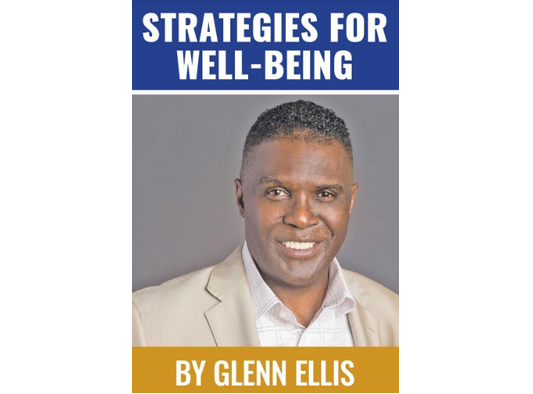By Glenn Ellis
Am I the only one who realizes that the “diversion” of the Trump Impeachment hearings came at a time where, quite literally, the “bread on the table” of more than 50 million Americans and in almost 15 percent of all households is at risk? While it may seem that every elected official in Washington is fixated on the impeachment investigation, you might be surprised that there are other things going on in Congress that actually affect your life, and the lives of people all around you.
For the third time this year, the United States Department of Agriculture (USDA) is attempting to cut SNAP, the Supplemental Nutrition Assistance Program (SNAP), the program formerly known as food stamps, benefits for those in need.
Let me fill you in on why this is important, and why you should know about it.
According to the organization, Feeding America, SNAP helps millions of low-income Americans put food on the table. Across the United States there are 9.5 million families with children on SNAP. It is the largest program working to fight hunger in America.” The federal government pays 100 percent of SNAP benefits. Federal and state governments share administrative costs (with the federal government contributing nearly 50 percent).
Addressing unemployment, poverty, and changing demographics in this nation, SNAP is the way many Americans get access to life-sustaining, nutritious food. For 4.6 million Americans, who are actually above the poverty line, (including 2 million children and 366,000 seniors) food stamps are the only way to eat.
What most people don’t realize, and some don’t want to know, is that there is a serious problem with hunger in this country! In 2018, alone, 37.2 million people lived in food-insecure households, meaning they are often forced to skip meals, eat less at meals, buy cheap non-nutritious food and/or feed their children but not themselves. As we speak, one in six American children may not know where their next meal is coming from.
One of the biggest misconceptions that leads to much of the apathy about SNAP is that it’s just a program for poor people. Nothing could be farther from the truth: Of those receiving SNAP benefits, more than half of the adults in the program actually have jobs, and work, while receiving SNAP. SNAP also gives new meaning of the old adage, “but for the grace of God, there go I”.
Almost 90 percent of folks receiving SNAP had a job the prior or subsequent year, and due to a variety of circumstances, needed food assistance to handle the abrupt change. In essence, SNAP helps folks return to work, and as importantly, it helps those who already work, but do not receive a sufficient wage to feed themselves or their families. Even sadder is the fact that the very people who grow, pick and process the food many of us can buy and eat at will, live in poverty, themselves, and cannot afford to buy adequate healthy food, and require SNAP to feed their own families.
Which gets me back to the genesis of this column.
While doing a health presentation to a group of seniors, my friend, Katie Milholin, community educator with a local organization, Coalition Against Hunger, made me aware of this latest effort by the USDA.
This struck me as wrong. You see, I often am at events where Katie is helping seniors get SNAP benefits. Amazingly, many of them were not aware that they were eligible. I learned that this latest effort by the USDA, if successful, would disproportionately hurt seniors and people with disabilities.
As I mentioned earlier, this is the third time in 2019 that changes are being proposed.
In the first effort early this year, the USDA tried to impose limits on how long people could receive SNAP benefits; even if they still needed the help.
Later, there was an effort to institute an “asset test”, requiring people to show that their assets don’t exceed a certain level. This would mean that seniors would be forced to use their savings or other assets to eat, leaving them exposed to the impact of a future financial emergency or unforeseen crisis.
The current USDA’s proposed rule on SNAP allowances is projected to cut program benefits by a total of $4.5 billion over the next five years. This would mean a cut in how states take households’ utility costs into account in determining the amount of SNAP benefits for which they qualify. The end result is that 19 percent of SNAP households to get lower SNAP monthly benefits, increasing the struggle many low-income people have paying for both their food and utilities, and since SNAP does help alleviate poverty, this would have harmful impacts on health and well-being as well as on the economy. A decision on the first two proposed changes is under consideration by the USDA as we speak
No one should be hungry in this country. The right to food guarantees freedom from hunger and access to safe and nutritious food for every man, woman, and child!
Glenn Ellis, is Research Bioethics Fellow at Harvard Medical School and author of Which Doctor?, and Information is the Best Medicine. For more good health information, visit: www.glennellis.com.




